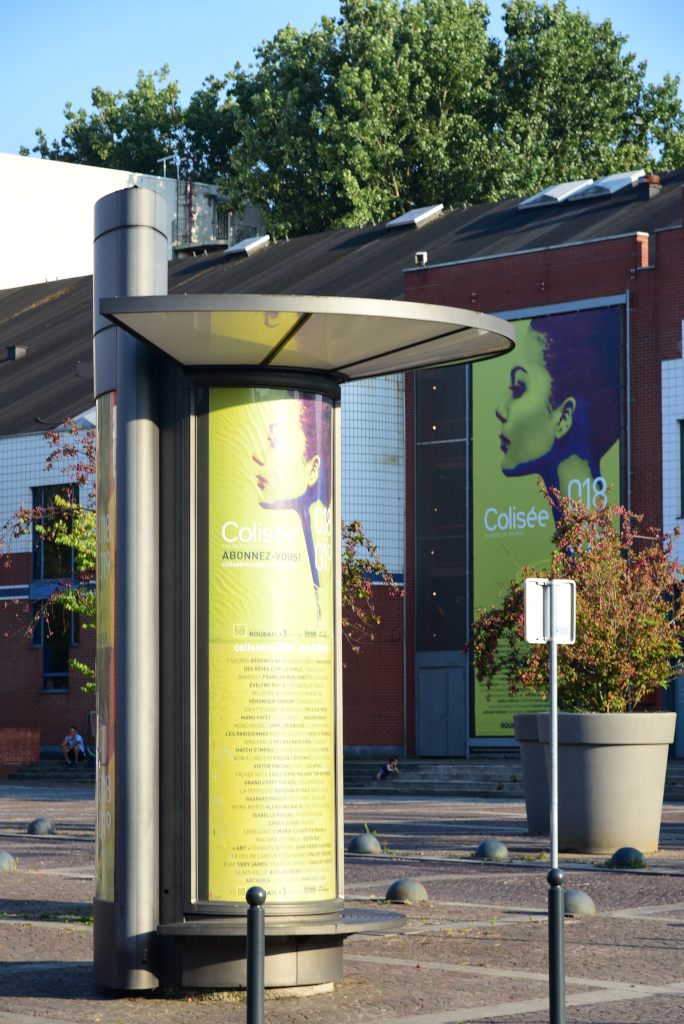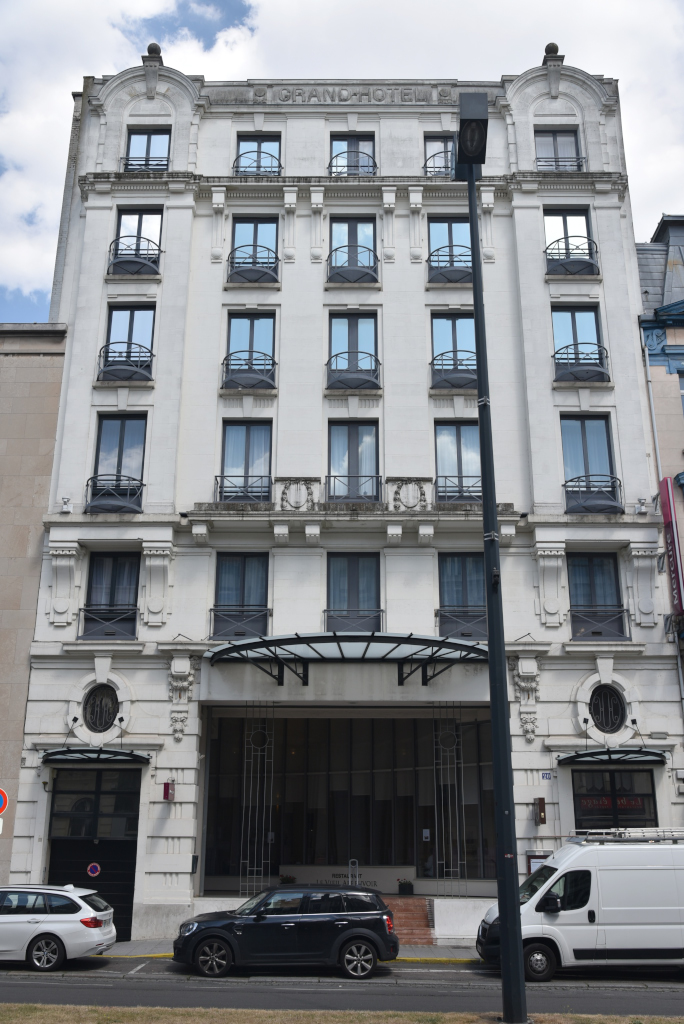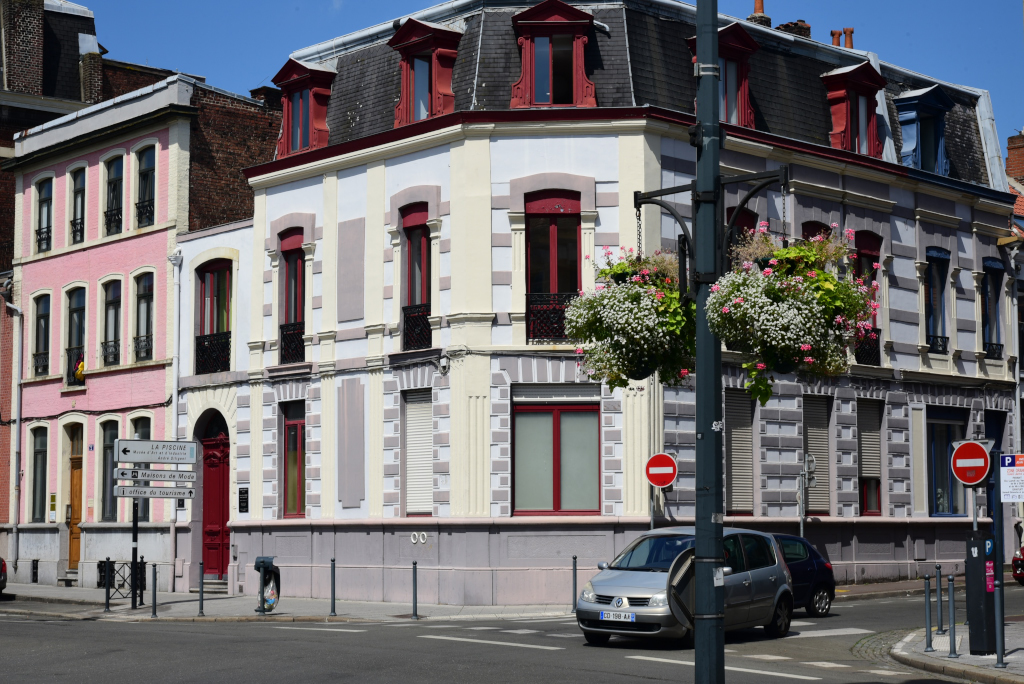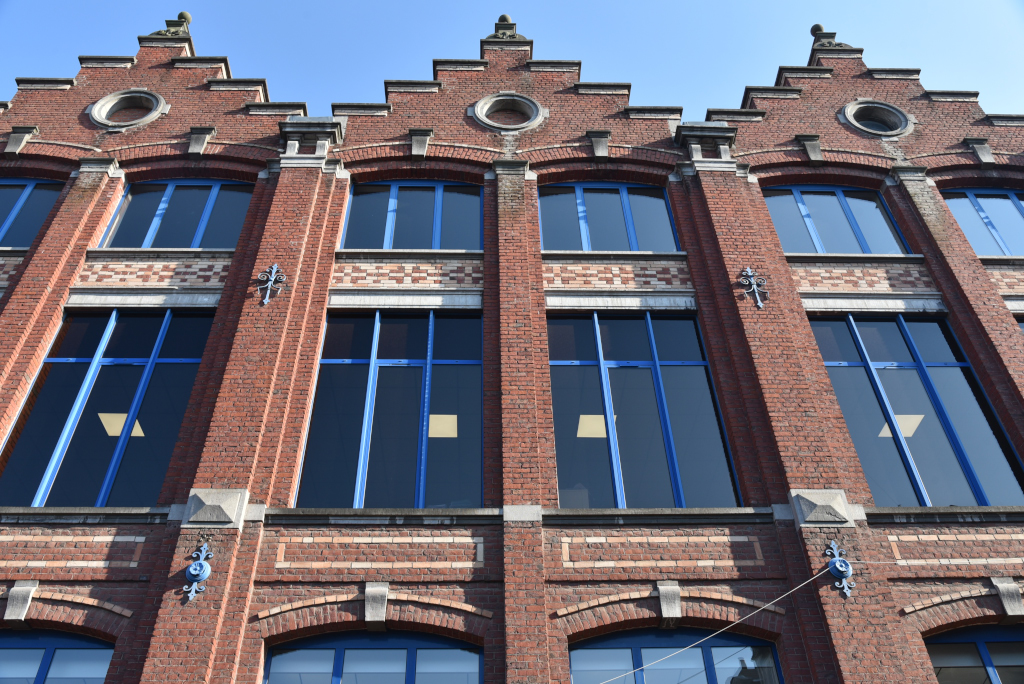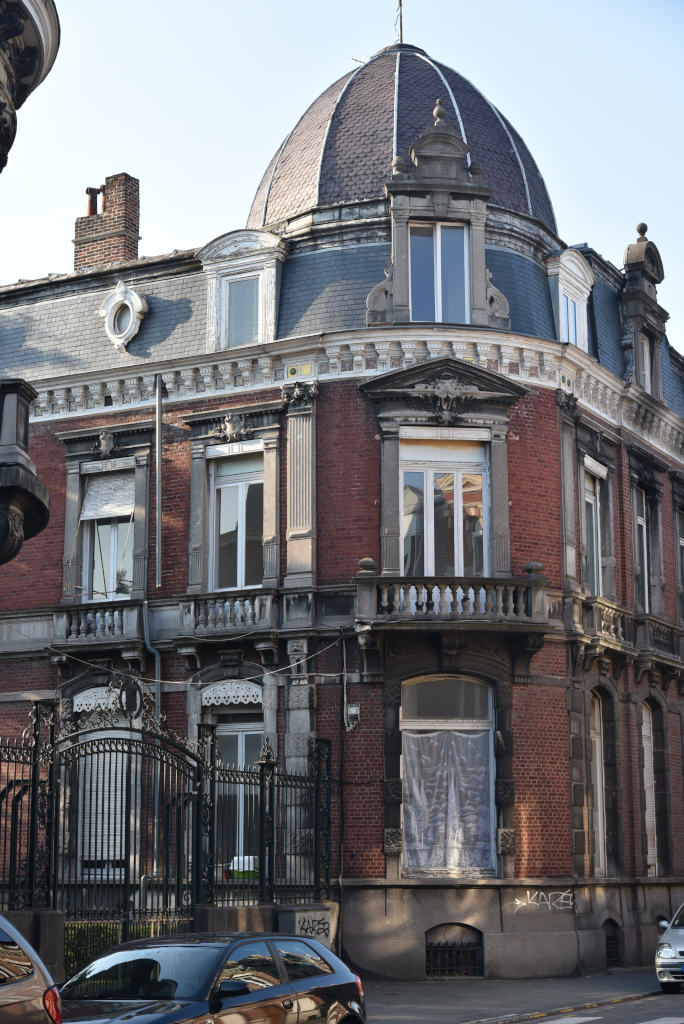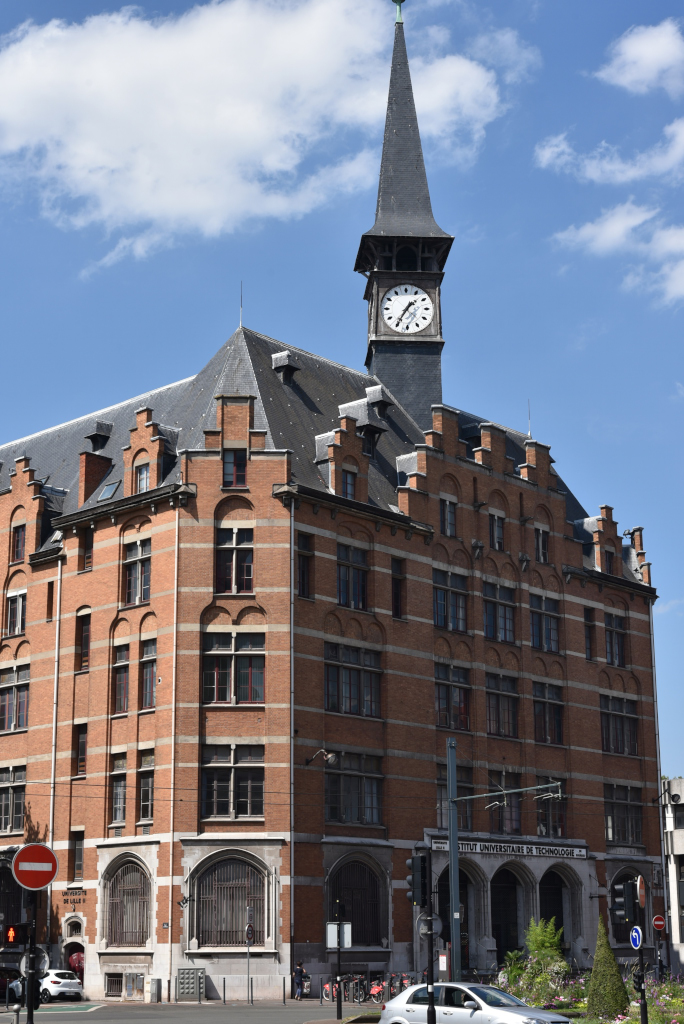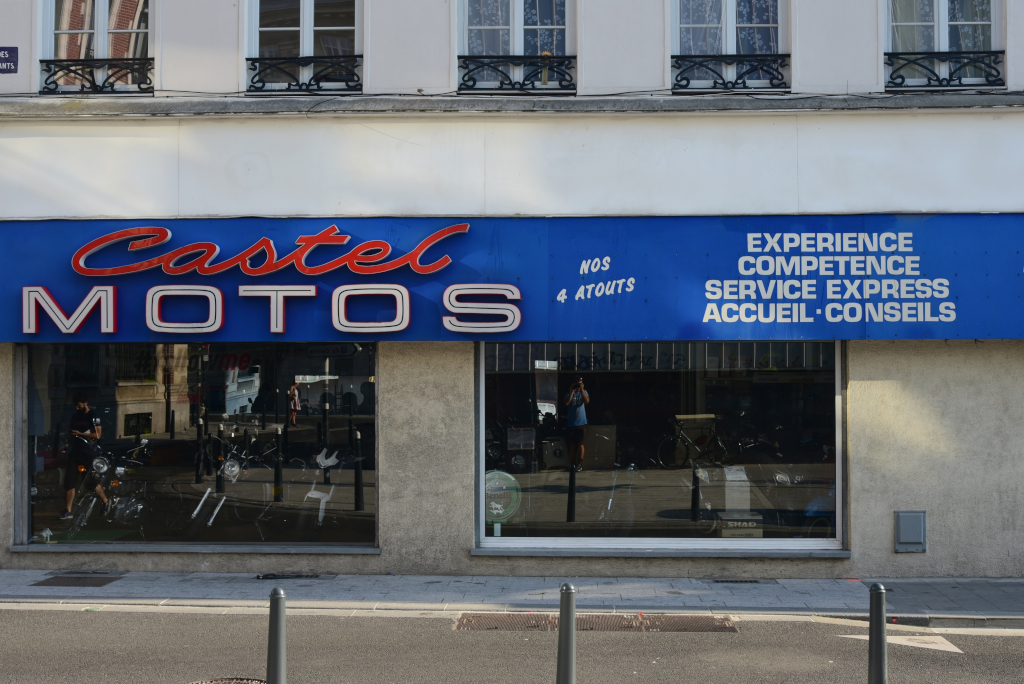Roubaix
August 1, 2018
Roubaix is the third largest city in the French department of Hauts-de-France, with a population of nearly 96,000 inhabitants. Together with the nearby cities of Lille, Tourcoing, Villeneuve-d’Ascq and eighty-six other communes, Roubaix is part of the Lille metropolitan area containing more than 1.1 million people, and also lies in the center of a conurbation formed with the Belgian cities of Mouscron, Kortrijk and Tournai, the first European Grouping of Territorial Cooperation formed in January 2008, containing an aggregate over 2 million inhabitants.
During the 19th century, Roubaix acquired an international reputation for textile industry and wool production. In the 1970s and 1980s, international competition and automation caused an industrial decline and resulted in the closure of many factories. In tandem with this decline,
Roubaix has experienced high unemployment, and is considered among France’s poorest cities.
Successive local governments have tried to address difficulties associated with deindustrialisation by attracting new industries, making the most of the town’s cultural credentials, and organizing a strong student presence on different campuses. Roubaix is now in the process of reversing decades of decline by means of innovative economic development, including the development of online retail and IT businesses.
And yet the visitor to Roubaix is greeted by a very different experience, namely a town that is a hub of stunning modern architectural pieces and urban design, spanning both Art Nouveau and Art Deco eras, and offering a suitable welcome to the intriguing and often quixotic experience of northern France. Roubaix maintains the most representative works of architecture and design of the era of the Industrial Revolution in France, and was designated Town of Art and History on December 13, 2000.
Two museums stand out in Roubaix – the Musée d’Art et d’Industrie, better known as La Piscine, located in an art-deco jewel swimming pool, and dedicated to the art of the 19th and 20th century, and the Manufacture, the most important textile museum of the Hauts-de-France, housed in an old textile factory.
(Narrative excerpted from Wikipedia)




















